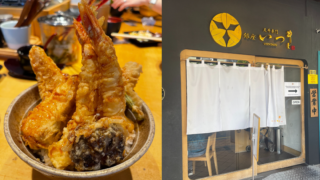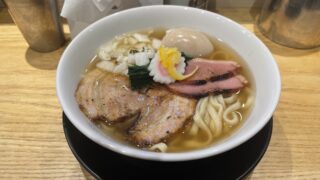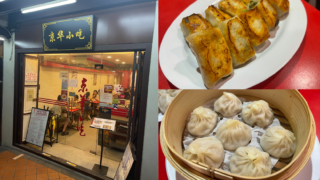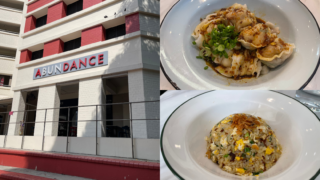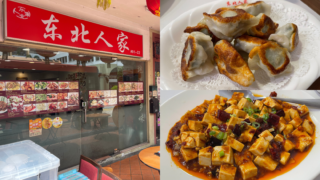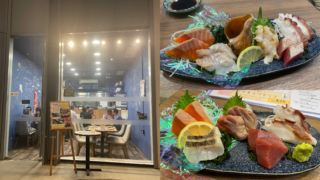How to go
Get off at City Hall MRT station and walk about 7 minutes.
The City Hall station is very accessible as both the green West East Line and the red North South Line are available.
Ambience of the Restaurant
Before I get into a review of the restaurant, I would first like to explain a little about the Peranakan culture.
Peranakan culture is a unique culture rooted in areas such as Malaysia, Singapore, and Indonesia, where the cultures of the Malays and Chinese are intermingled.
It originated in the 15th century when the kingdom of Malacca was flourishing.
At that time, Malacca, located in the region straddling the Malay and Sumatra Peninsulas, was a very prosperous hub for maritime trade. Many Chinese would come there as immigrants. Therefore, with both Malays and Chinese living in the region, there were many opportunities for their cultures to come into contact with each other.
Furthermore, while living in a different country as immigrants, the Chinese felt the need to maintain their own culture and also became interested in the local culture. Therefore, they attempted to make their lives easier by integrating their own culture with the local culture.
This is said to be the origin of the Peranakan culture.
So, let’s get back to the restaurant review.
It is fair to say that the restaurant’s main attraction is its ambiance.
The interior of the restaurant is decorated with traditional Peranakan decorations, making it seem like a different world.
Before you start eating, you will be surprised by the atmosphere.
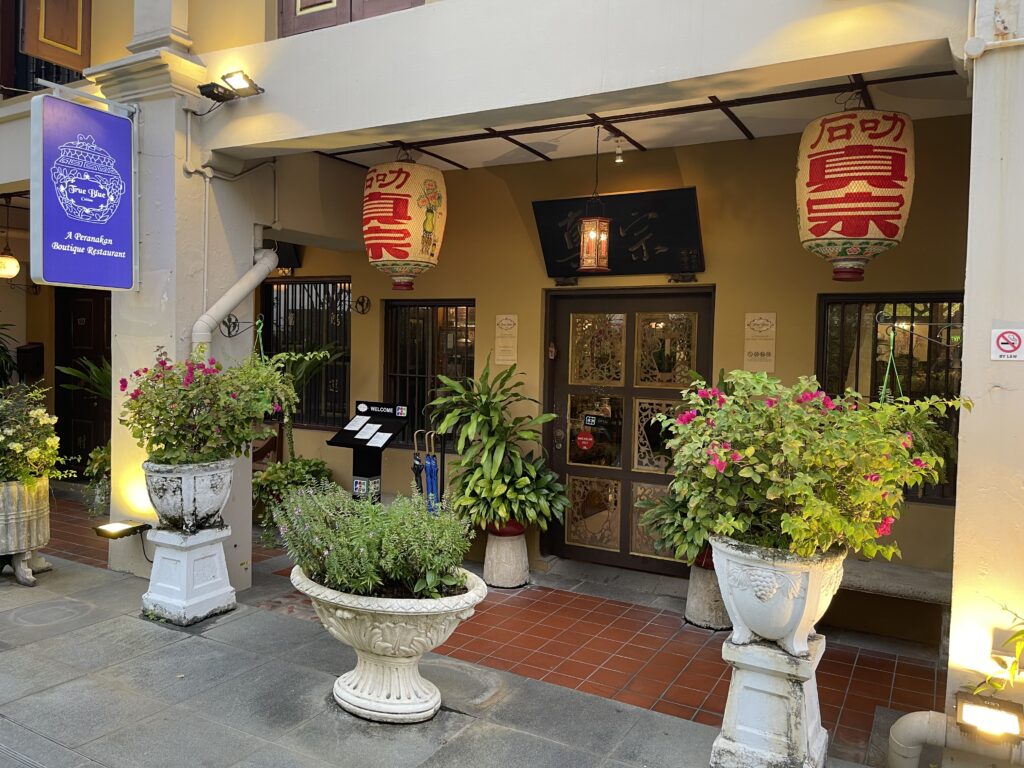
This is the exterior of the restaurant.
The Chinese language written on the lanterns is very Peranakan.
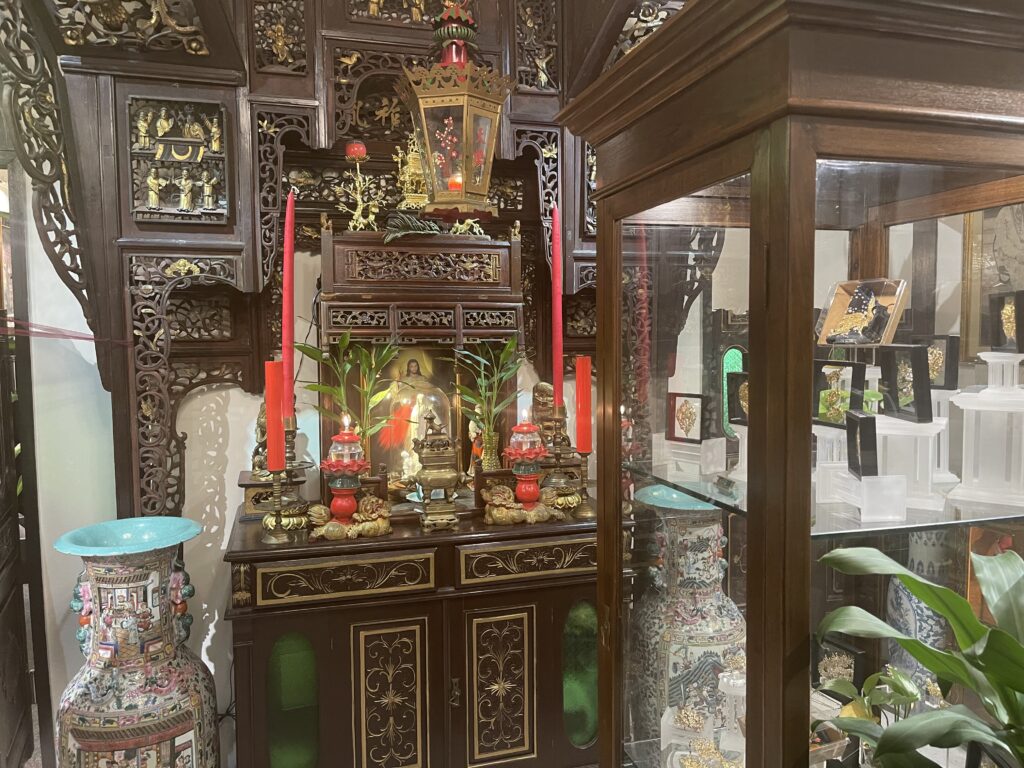
When we open the door of the store, this altar-like object greets us.
Is this really a restaurant? It is such an atmospheric presentation that you would be mistaken for a restaurant.
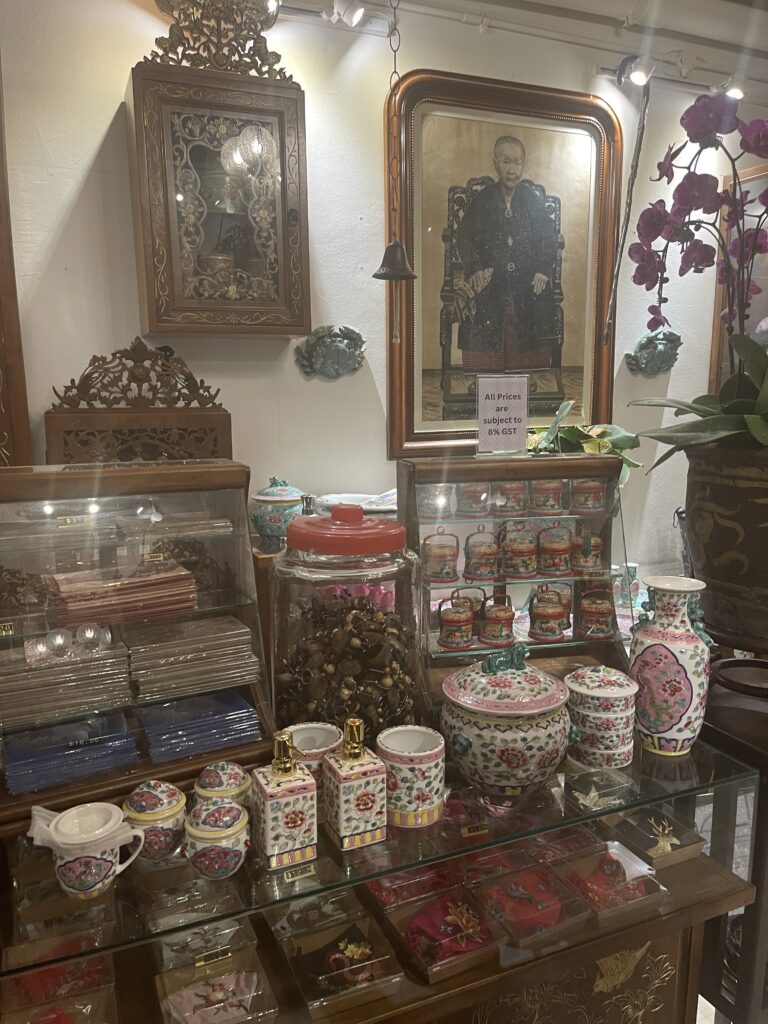
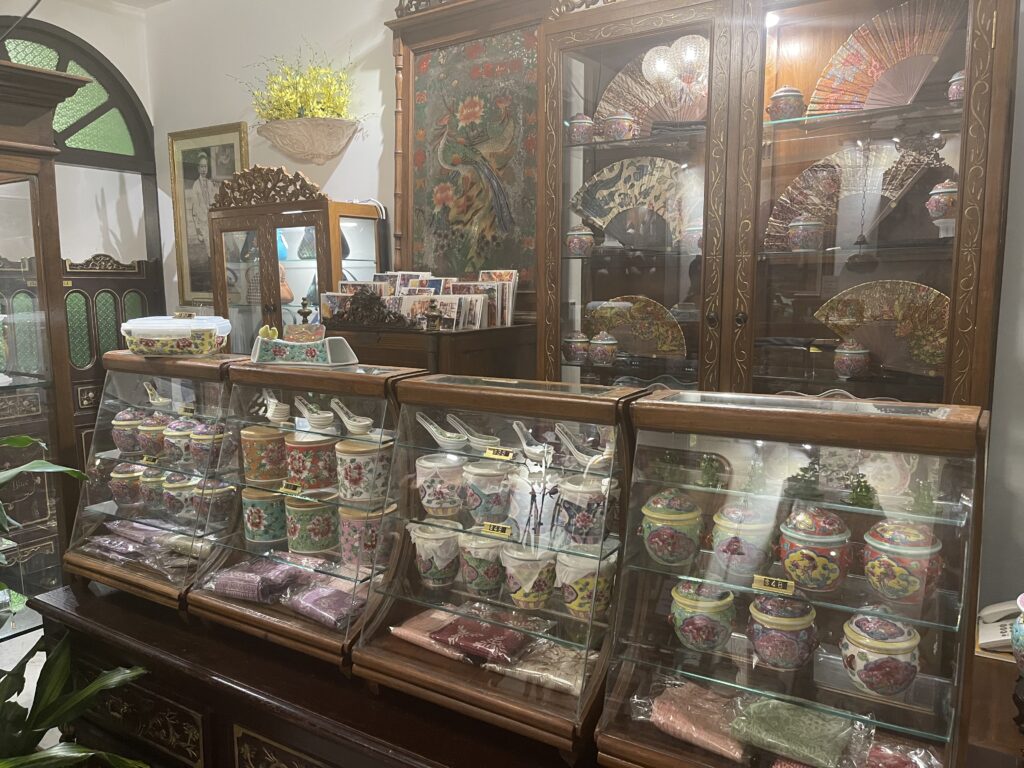
Looking to the left and right, one sees an array of tableware and knick-knacks decorated with Peranakan decorations.
This one seems to be sold as a souvenir.
It is very exciting to see.
The black-and-white photo on the wall must have been taken a long time ago. Is it the founder of this store or a historian of Peranakan?
And further in, the restaurant space is spread out.
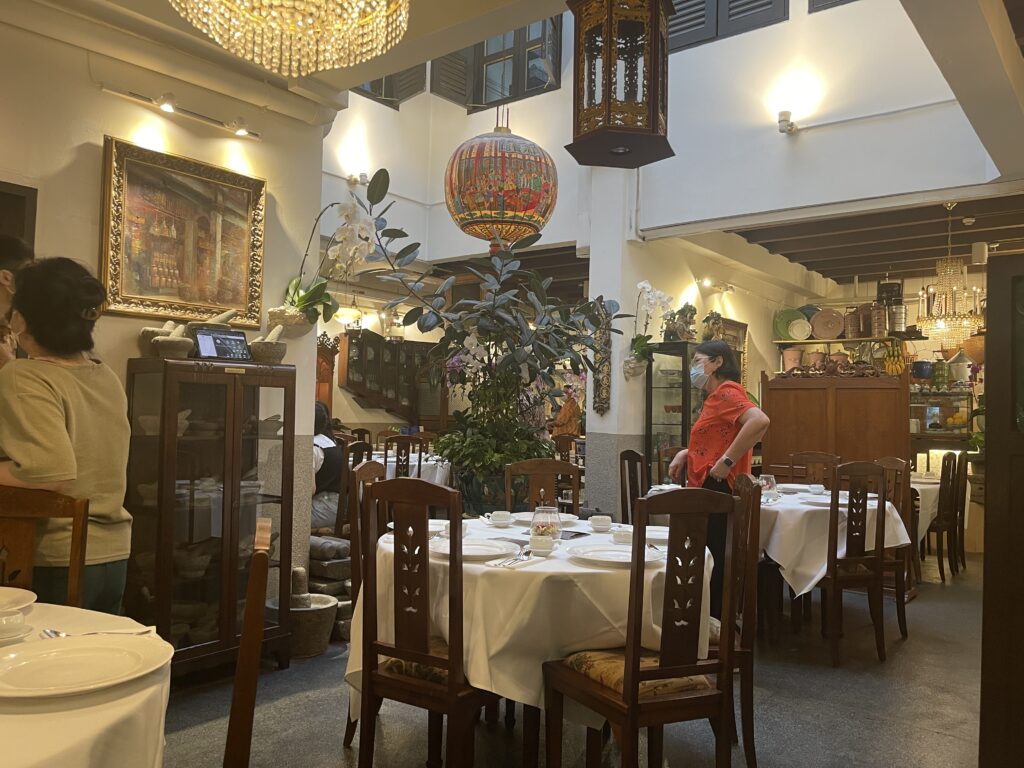
The round tables are very typical of Chinese culture.
All the decorations in this restaurant space are also decorated with traditional Peranakan decorations.
Also, although it was not obvious from the outside, the inside was surprisingly spacious. There were also private rooms.
This interior is very nice, with a strong sense of traditional Planacan culture.
I highly recommend it as a restaurant when traveling to Singapore.
Cuisine of the Restaurant
Peranakan cuisine is a very unique and attractive representative of Pranakan culture, a fusion of Malay and Chinese cultures.
Peranakan cuisine is characterized by its unique flavoring with a wealth of spices and herbs.
Typical spices include lemongrass, galangal, turmeric, coriander, cinnamon, and star anise. The unique aroma and flavor of these spices is one of the attractions of Peranakan cuisine.
Its gorgeous appearance is also one of the reasons why many people love it.
Let me introduce you to the dishes I actually ordered.
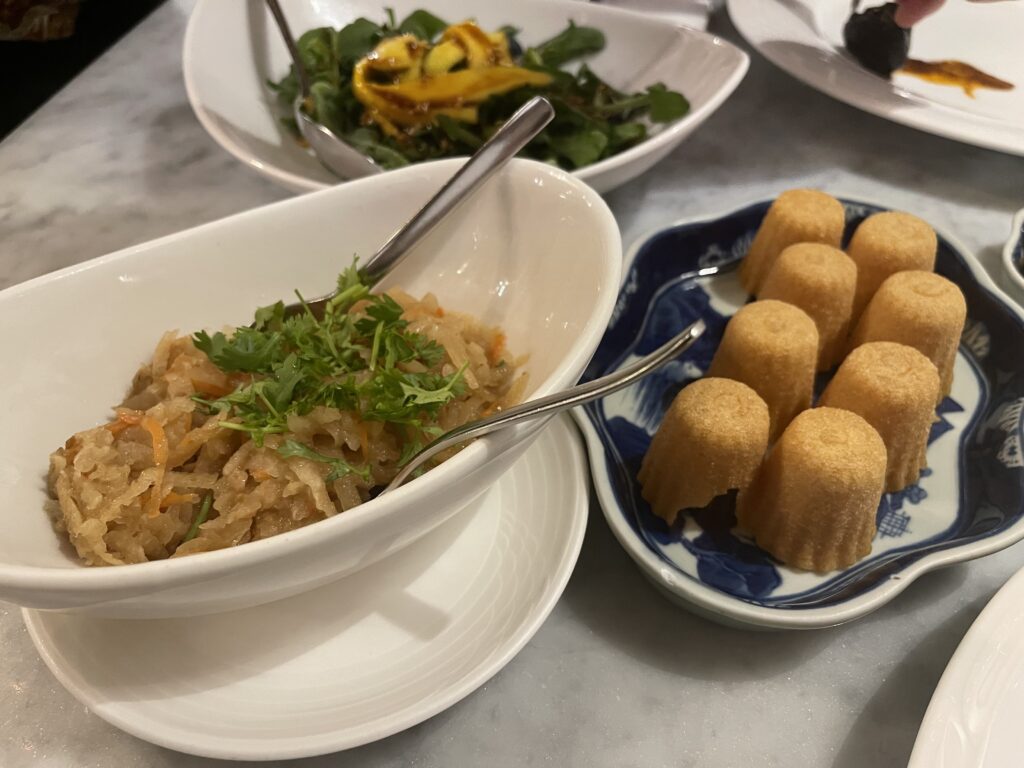
This is Kueh Pai Tea, which is considered a standard appetizer in Planakan cuisine.
A small cup of sweetened shredded radish is served with chili sauce.
Like this.
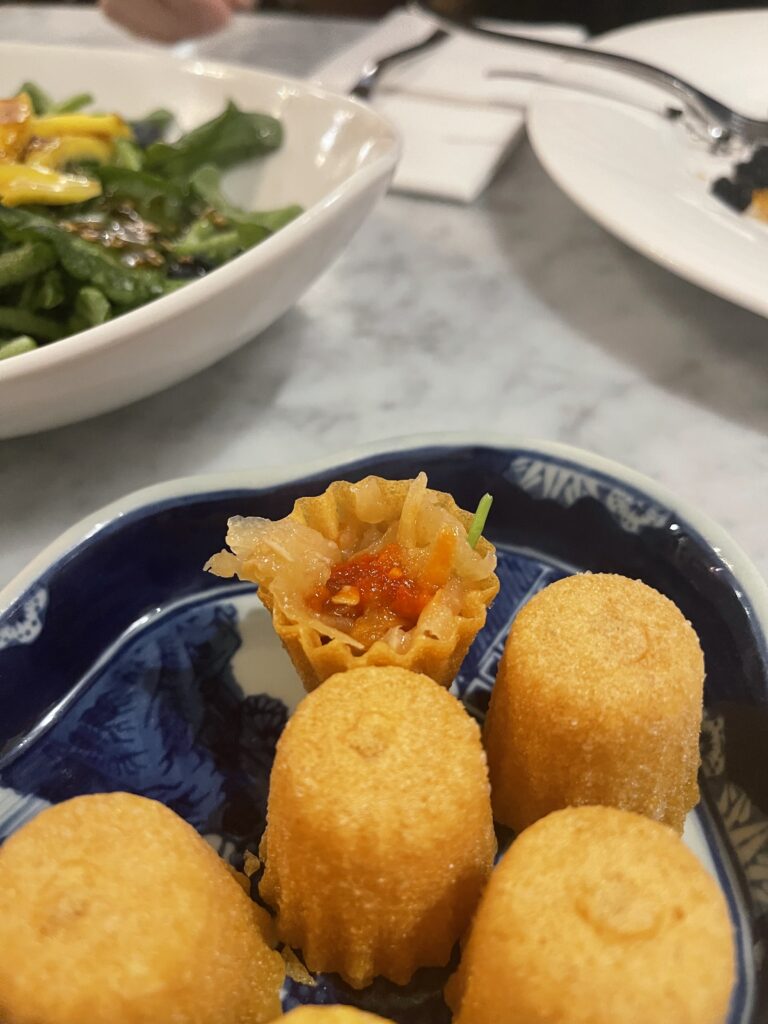
Depending on the restaurant, shrimp may be added here, or a broiled egg.
It is a lovely appetizer that can be enjoyed visually, embodying the Peranakan culture’s love of gorgeous decorations.
The next dish is Otak-Otak.
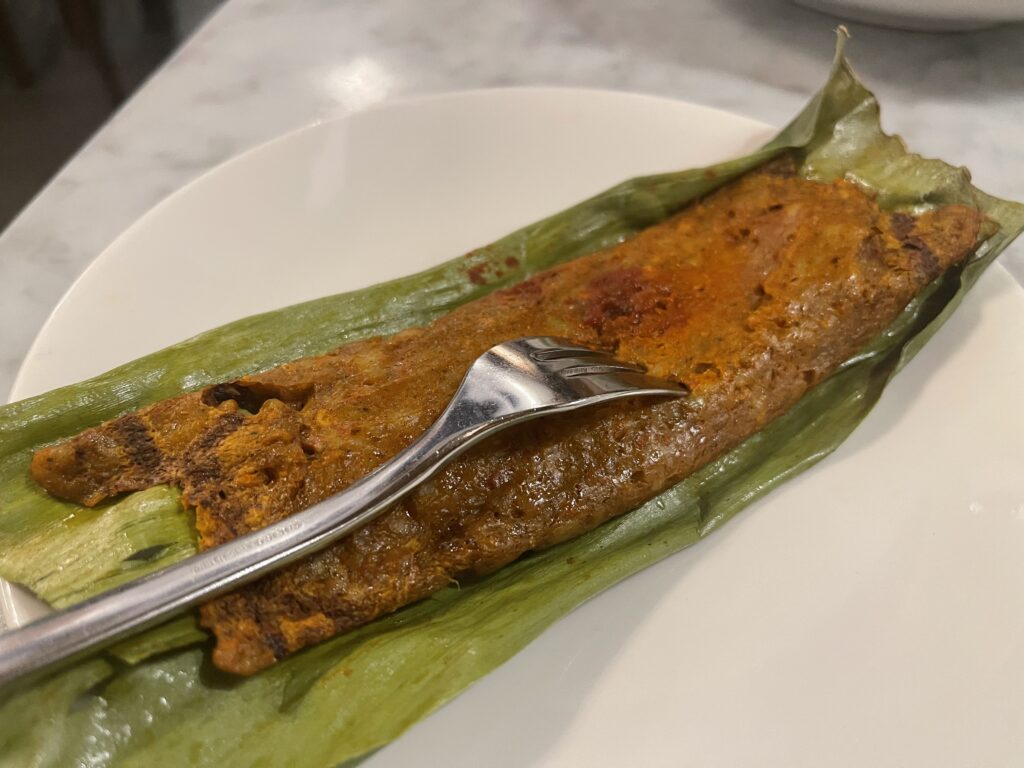
This is also a type of Peranakan cuisine, a paste made from fish paste, spices, vegetables, and coconut milk, wrapped in banana leaves or bamboo leaves and baked.
It is characterized by aromatic spices and coconut milk, giving it a spicy yet rich flavor. The wrapped leaves also add aroma and texture.
Here is the next one. Ice Plant Salad
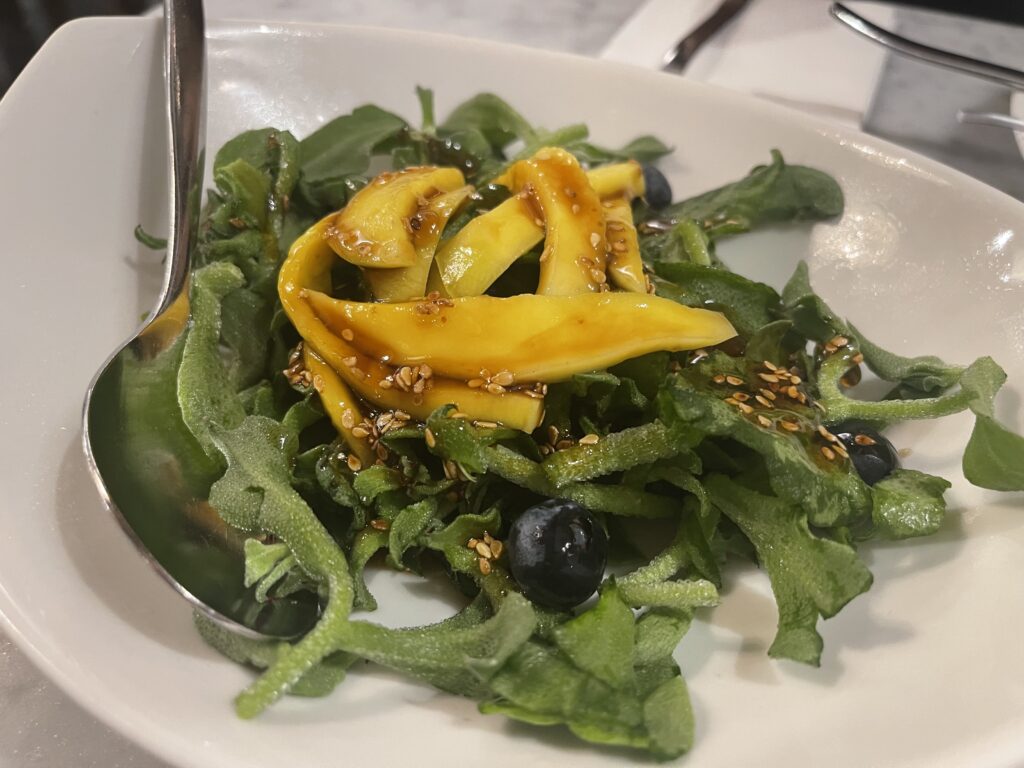
The waiter introduced me to a recommended salad that was not on the menu today, so I ordered it.
On top of the ice plant is a mango. Blueberries are served on top of it.
Actually, I ordered this salad without knowing what ice plant was at all, and when I first saw it, I thought, “Oh my God! “
I am not a fan of coriander and other so-called herbs.
I intuitively felt that it would taste very similar to that.
But this was a big mistake.
The texture is herbaceous, but when combined with the mango, it is very tasty. The dressing is perfectly paired with the salad, and the salad is very fresh.
And these blueberries are excellent. The acidity is mild, and I can honestly say that I have never had such delicious blueberries.
And here is what I ordered at the main dish.
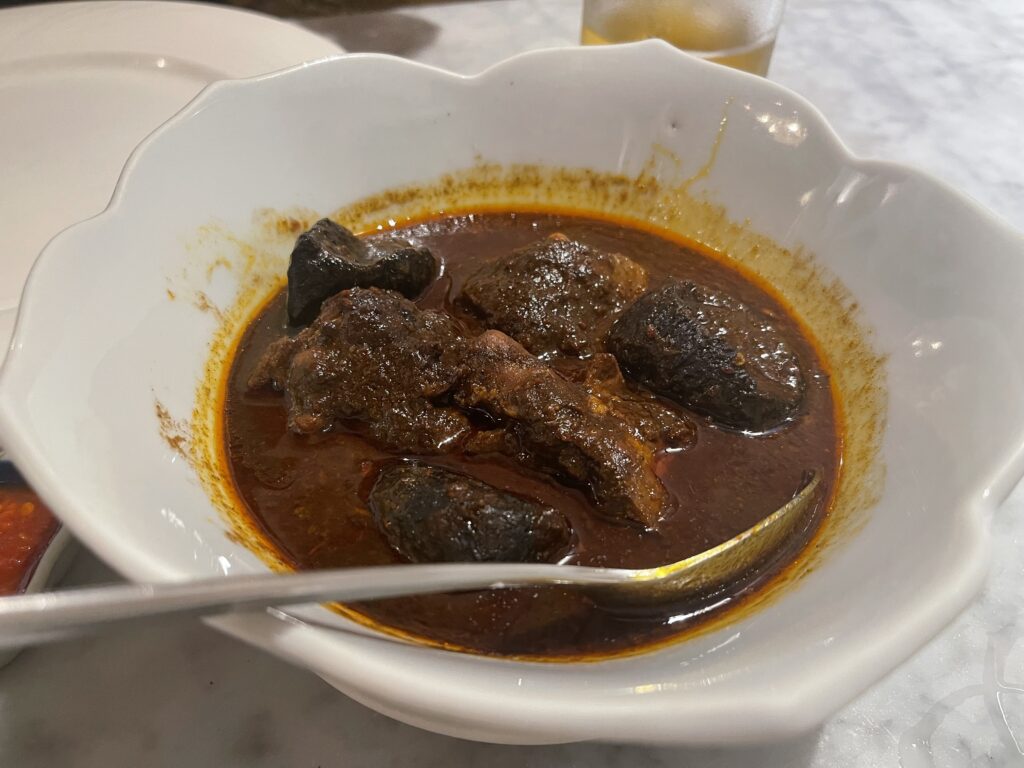
It is Ayam Buah Kelua, a very famous Peranakan dish and said to be very labor intensive to make.
It is a slow-cooked chicken dish with “bua klua,” a black nut-like fruit.
Originally, bua klua contains toxins, which are also carefully processed to make it tasty. The process is said to take up to 40 days.
There was a special page in the menu that described Bua Klua in this way.
After all, it must be the restaurant’s signature dish.
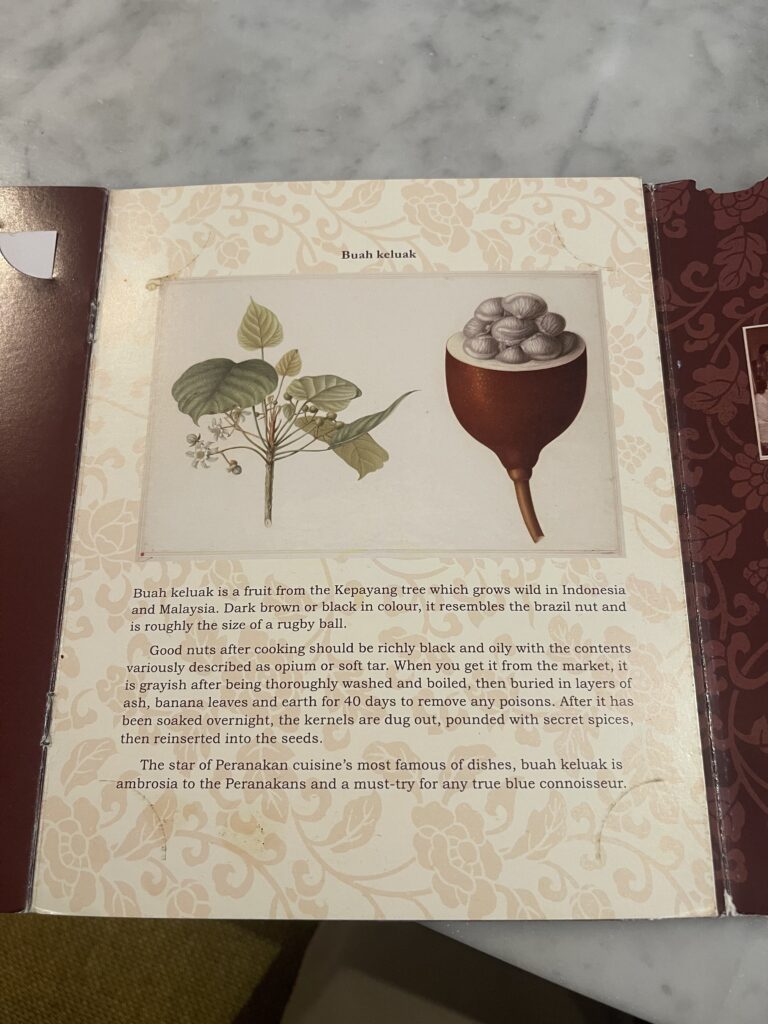
When this is served over rice, it is a superb dish.
Although the appearance may suggest something like curry, its deep flavor, woven with the unique spices of Peranakan, is quite different from curry.
The chicken is also tender because it has been stewed for a long time.
Bua Klua is eaten by taking the contents with a spoon. It is delicious.
Very valuable experience.
I definitely recommend that you order this one as well.
Summary of the Restaurant
Here are the prices of the dishes I ordered.
- Ayam Bua Klua $30
- Ice Plant Salad $25
- Kueh Pie Tea $20
- Otak Otak $12
- White Rice $3.5
- Bottle of white wine $65
When I looked at reviews online beforehand, I saw rather a lot of negative reviews about the high price, but it is not that particularly expensive.
Rather, I feel that the quality of the food and the atmosphere of that restaurant are totally worth it.
While Peranakan restaurants are rather common in Singapore, there are probably only a few that offer such an authentic atmosphere, including the interior design.
The taste of the food is also endorsed by the Michelin Bib Gourmand.
There is no doubt that this restaurant is a very fresh and valuable experience for us Japanese, whether for travel or everyday use.
There is no doubt that you have visited.
Address : 49 Armenian Street Singapore (179937)
Open : Lunch 11:30-14:30 / Dinner 17:30-21:30 Close on Sunday
Aiming to introduce recommended restaurants twice a week! Please follow me on SNS so you won’t miss any updates!




